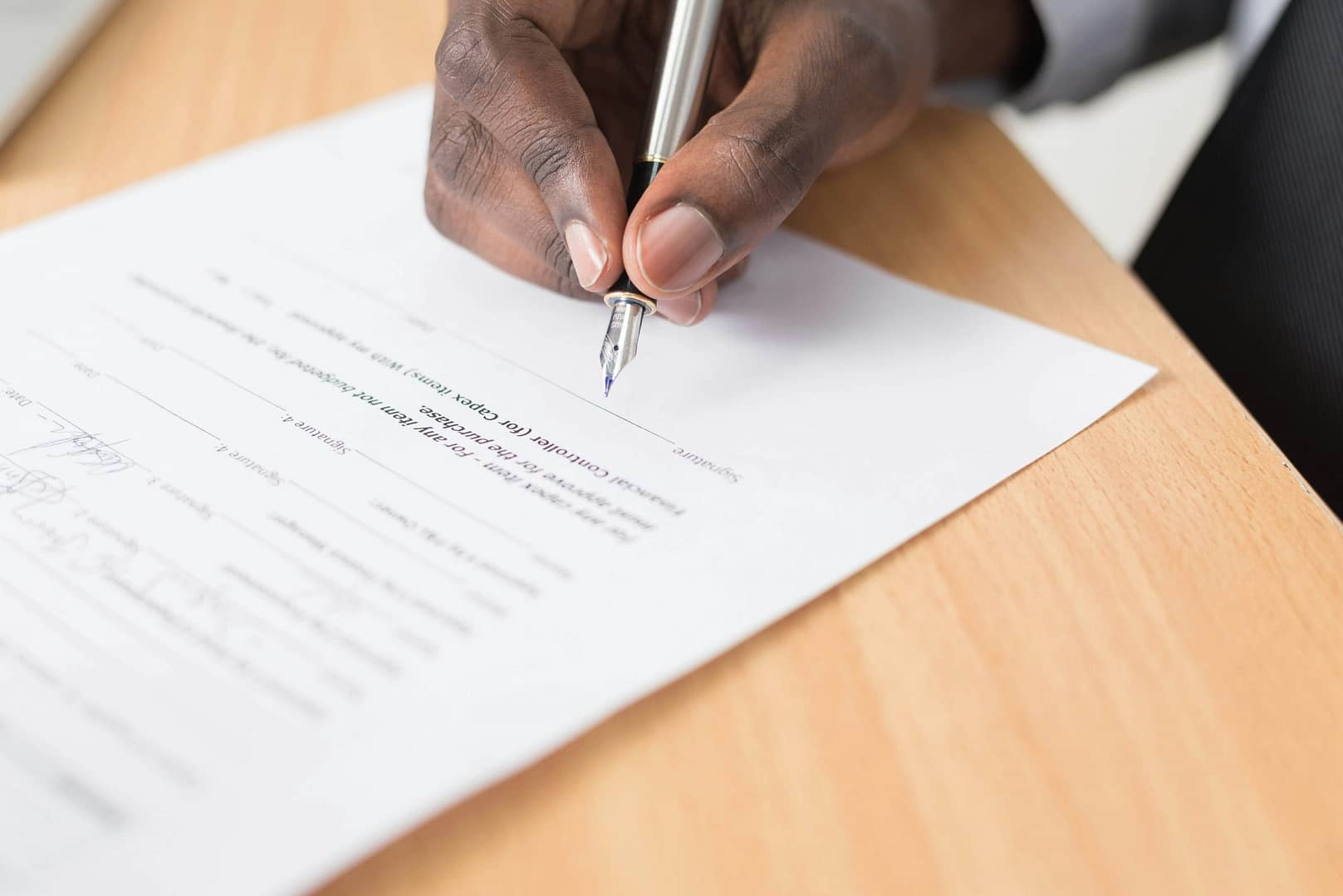Road traffic accidents involving pedestrians and drivers often present complex legal challenges. Determining liability in such incidents depends on various factors, including the circumstances of the accident, adherence to traffic laws, and the actions of both parties. In the UK, courts adopt a thorough and evidence-based approach to establish fault in pedestrian vs. driver accidents.
The Duty of Care in Road Traffic Law
Under UK law, all road users, including drivers and pedestrians, owe a duty of care to each other. This means they are expected to act reasonably to avoid causing harm. Drivers, in particular, are held to a higher standard due to the potential danger posed by vehicles. They are expected to remain vigilant, adhere to speed limits, and exercise caution, especially in areas with high pedestrian activity.
Pedestrians, however, are also expected to act responsibly. They should cross roads at designated crossings, follow pedestrian signals, and avoid sudden or reckless actions that could endanger themselves or others.
Assessing Liability: The Key Factors
When a pedestrian is struck by a vehicle, determining who is at fault requires a detailed analysis of the incident. Courts consider several factors:
- Location of the Accident
- If the pedestrian was crossing at a designated crossing, such as a zebra crossing or traffic-controlled pelican crossing, the driver is more likely to be held liable.
- If the pedestrian was crossing outside a designated area or suddenly emerged from between parked cars, they may share or bear full responsibility.
- Driver’s Conduct
- Speeding, distracted driving, or failure to observe pedestrian crossings can lead to the driver being deemed at fault.
- Courts also examine whether the driver took reasonable steps to avoid the collision, such as braking or swerving.
- Pedestrian’s Behaviour
- If a pedestrian stepped into the road without checking for oncoming traffic or ignored pedestrian crossing signals, their actions may contribute to the accident.
- Cases of jaywalking or running into traffic can shift liability towards the pedestrian.
- Adherence to the Highway Code
- Both drivers and pedestrians are expected to follow the Highway Code, which provides guidelines for safe road usage. Non-compliance by either party can significantly impact liability decisions.
- Contributory Negligence
- In some cases, both parties may share responsibility. For example, if a driver was speeding and the pedestrian crossed recklessly, liability may be apportioned between them.
- Contributory negligence reduces the compensation a claimant can receive, proportional to their degree of fault.
Evidence in Court Proceedings
Courts rely on evidence to establish the facts of the case and assign liability. Key evidence includes:
- Witness Testimonies: Statements from bystanders who observed the accident can provide an impartial account.
- CCTV or Dashcam Footage: Visual evidence is invaluable in reconstructing the events leading to the accident.
- Accident Reconstruction Reports: Expert analysis of the collision can clarify factors such as vehicle speed, braking distance, and visibility.
- Police Reports: These often include detailed observations and conclusions drawn by attending officers.
The Role of Solicitors in Pedestrian Accident Claims
Navigating the complexities of a pedestrian accident claim can be daunting. Seeking expert legal advice is crucial to ensure your rights are protected and that you receive fair compensation.
At National Claims, we specialise in connecting you with experienced solicitors who are adept at handling road traffic accident cases. Our network of solicitors is committed to guiding you through the claims process, whether you are a pedestrian seeking compensation for injuries or a driver defending against an unjust claim.
Compensation for Pedestrian Accidents
Compensation in pedestrian accident cases can cover various aspects, including:
- Medical expenses and rehabilitation costs.
- Loss of income due to inability to work.
- Pain and suffering.
- Costs for care and assistance.
Our solicitors work tirelessly to ensure you receive the maximum compensation you deserve. Even in cases of contributory negligence, they can negotiate a favourable outcome.
Conclusion
Determining liability in pedestrian vs. driver accidents in the UK involves a meticulous evaluation of the evidence and the actions of both parties. While drivers often bear a significant duty of care, pedestrians are not exempt from responsibility. Each case is unique, and courts consider the specific circumstances to reach a fair judgment.
If you have been involved in a pedestrian accident, don’t navigate the legal maze alone. National Claims is here to help. We’ll connect you with skilled solicitors who understand the nuances of traffic accident law and are dedicated to winning your claim. Contact us today to take the first step towards justice and fair compensation.





